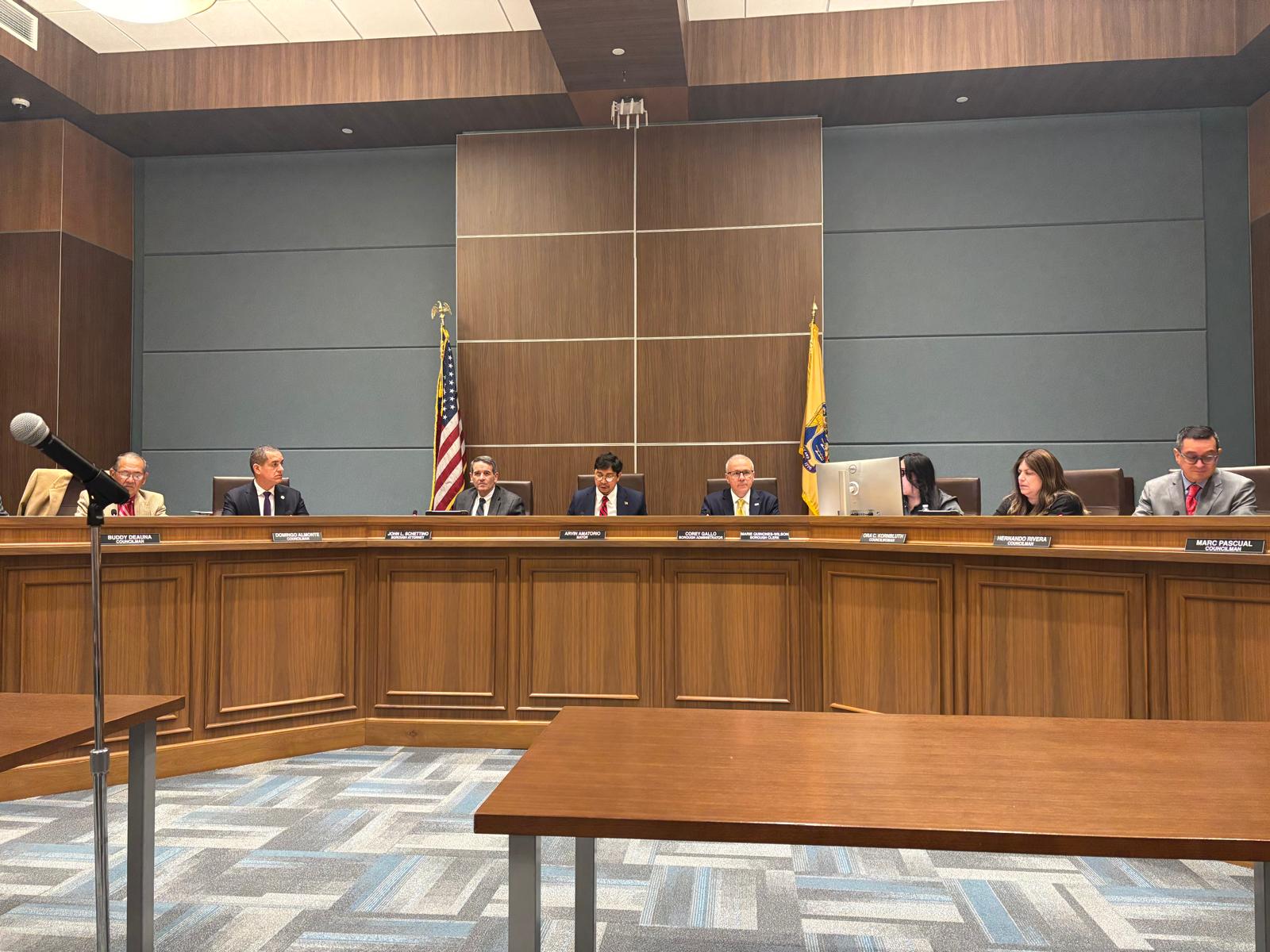
Wasserman Orthopedic and Sports Rehab welcomes physical therapist Chana Frommer to the staff. Board certified in both orthopedics and sports medicine, Frommer brings over 24 years of experience from all over the tri-state area. “I’m excited to welcome Chana to the practice,” said Dr. Noah Wasserman, owner. “In addition to her many years of clinical experience in orthopedic and sports rehab, she is also passionate about clinical research, and her work has been published numerous times. I think she will be a great fit for our growing practice.”
A resident of the greater Monsey area, Frommer knew she wanted to go into a medical-related field. Growing up, she always loved athletics and developed a deep interest in motion and movement which eventually led her to a career in physical therapy. An avid reader who loves to relax with a good book, Frommer also enjoys a host of outdoor activities including running, swimming, whitewater kayaking, hiking and camping. Every year you can find her at the NYC Marathon, serving as a medical captain in the first medical tent after the finish line.
Throughout her career, Frommer has seen thousands of patients who required treatment for all kinds of injuries and issues. Frommer describes her approach as very hands-on and incorporates the appropriate types of exercises that are exactly suited to her patients’ needs. She is excited to join Wasserman Orthopedics to provide patients with her own brand of truly individualized quality care. “I really believe in having a tapered approach to each of my patients, examining their deficits and weaknesses, while taking into consideration their goals, age and ability.”
Frommer explained that when going to physical therapy, it is critical for patients to think about the bigger picture. “People get frustrated because they look at physical therapy as something that is absolute, in terms of having pain or not having pain, or the ability to do or not do something,” she said. “They don’t always think about how their pain has subsided or how their function has improved, and it’s very natural for people to do that. But it is important not to lose sight of the progress that is being made.” She said that noticing the “small wins” such as decreases in pain levels or increased mobility are signs that physical therapy is not only working but helping people heal in a very significant way.
A newer method that Frommer likes to use is blood-flow restriction (BFR). This method, which has been gaining significant traction, utilizes a cuff, similar to the ones used to measure blood pressure, which inflates as a patient is performing physical therapy exercise, in order to cut off the blood supply. When the cuff is inflated, it essentially “starves” the muscle, forcing it to work with less oxygen than it normally does to facilitate quicker muscle strengthening.
Frommer added that improper footwear can also cause a whole host of issues throughout the body and is often a reason people sustain an injury that requires physical therapy. “It is critical to know what the right sneaker is for your foot type because wearing the wrong shoe can lead to big problems.”
Back problems are very common and Frommer is no stranger to all the issues that can plague someone with a bad back. She explained that the key to maintaining a strong back is to have a strong “core.” However, she added, “It’s not enough to have a strong core, because you also need to have good core control … everything comes from there.” Good form allows people to create a solid foundation for everything else.
Frommer also stresses the importance of hip strength, a concern that very often gets overlooked by people. “A lack of good hip strength and hip control, especially in older people, can lead to issues down the proverbial chain that can affect your body all the way down to one’s knees.” She says that strengthening the glutes are essential and provide an excellent way to build and maintain leg strength, especially as people get older.
Prolonged sitting, especially for people who have a desk job, is something Frommer heavily cautions against. “Americans, in general, live a very sedentary life, and it’s highly encouraged to counter that.”
She recommends getting up every 15 minutes to stretch, or even just to take a short walk down a hall. “Even doing gentle stretches or mobility exercises can help keep you healthier and more mobile for a very long time. A little bit of stretching and mobilization everyday goes a long way and is much better than trying to rebuild it later on.”
She firmly believes that people need to find ways to stay active. “I’m not saying everyone needs to be a gym rat or spend hours a day working out, but they need to find ways to keep moving and stay strong so that life will be much easier, physically.”
Finally, she said, “Put your cell phone down!” Of course, many people do use their cell phones for exercise through apps and other technological innovations, and that’s perfectly fine. However, people who spend too much time on their phones tend to exhibit poorer posture and create all sorts of other stresses and strains on the body, Their heads go forward more than they should, the muscles in their necks get shorter, their shoulders become too rounded, and they add stress to the muscles on the back of at the back of their shoulders creating all sorts of unpleasant issues.
To make an appointment at Wasserman Orthopedic and Sports Rehab visit https://www.wassermanorthorehab.com/ or call 201-371-3271













